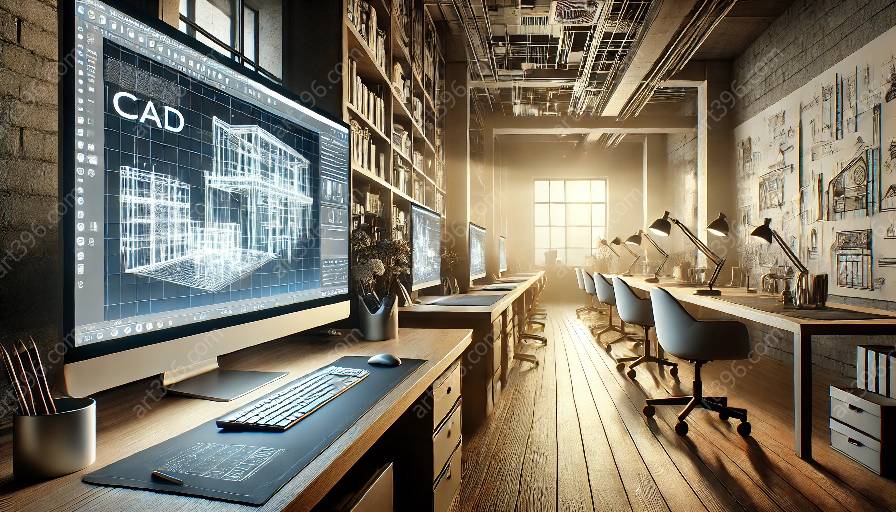Computer-Aided Design (CAD) has revolutionized the architecture and construction industries, influencing the design and construction of sustainable and energy-efficient buildings. By leveraging CAD technology, architects and designers can create innovative and eco-friendly structures that prioritize energy efficiency, sustainability, and environmental responsibility.
The Role of CAD in Architecture
CAD has become an integral tool in architecture, enabling designers to translate their creative vision into detailed and precise digital models. Through CAD software, architects can efficiently explore, experiment with, and refine design concepts, ultimately leading to the creation of sustainable and energy-efficient buildings.
Integration of Sustainable Principles
CAD allows architects to seamlessly integrate sustainable design principles into their projects. By utilizing advanced modeling and simulation tools, designers can analyze the environmental performance of their buildings, such as energy consumption, daylighting, and thermal comfort. This analysis informs the decision-making process, empowering architects to optimize building designs for energy efficiency and environmental impact.
Parametric and Generative Design
With the emergence of parametric and generative design capabilities within CAD software, architects can explore complex design possibilities that prioritize sustainability. These tools enable the creation of organic and optimized building forms that respond to environmental conditions, maximizing natural light and ventilation while minimizing energy usage. As a result, CAD facilitates the realization of energy-efficient and visually striking architectural solutions.
Collaborative Workflows and Innovation
CAD fosters collaborative workflows among architects, engineers, and construction professionals, enhancing communication and coordination throughout the design process. By facilitating interdisciplinary collaboration, CAD contributes to the integration of sustainable technologies and materials, driving the development of innovative building systems that promote energy efficiency and environmental sustainability.
Advancements in Building Performance Analysis
Through the use of CAD-integrated building performance analysis tools, architects can evaluate and optimize various building parameters, including thermal insulation, HVAC systems, and renewable energy integration. This data-driven approach allows for the design of buildings that are not only energy-efficient but also responsive to the local climate and environmental context, contributing to sustainable architecture.
The Influence of CAD on Material Selection and Fabrication
CAD facilitates the exploration and selection of sustainable materials, as well as the implementation of digital fabrication techniques that minimize waste and resource consumption. By simulating material properties and construction processes, architects can make informed decisions that support the creation of environmentally responsible buildings, contributing to the overall sustainability of the built environment.
Conclusion
Computer-Aided Design (CAD) serves as a catalyst for the design of sustainable and energy-efficient buildings, empowering architects to integrate environmental considerations into their creative process. By leveraging CAD technology, architects can realize innovative and eco-friendly architectural solutions that prioritize energy efficiency, resource conservation, and environmental well-being. As CAD continues to evolve, its influence on sustainable architecture will further drive the development of environmentally responsive and energy-efficient buildings, shaping the future of the built environment.

















































































